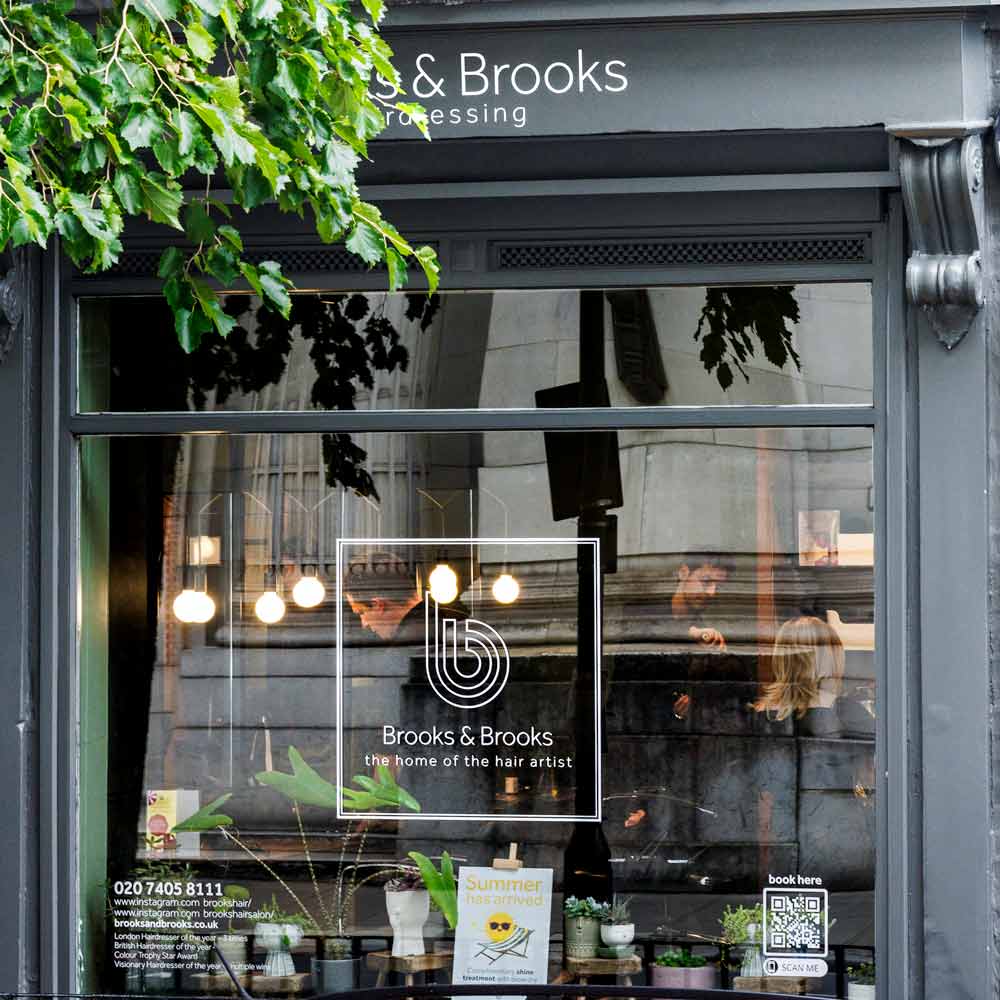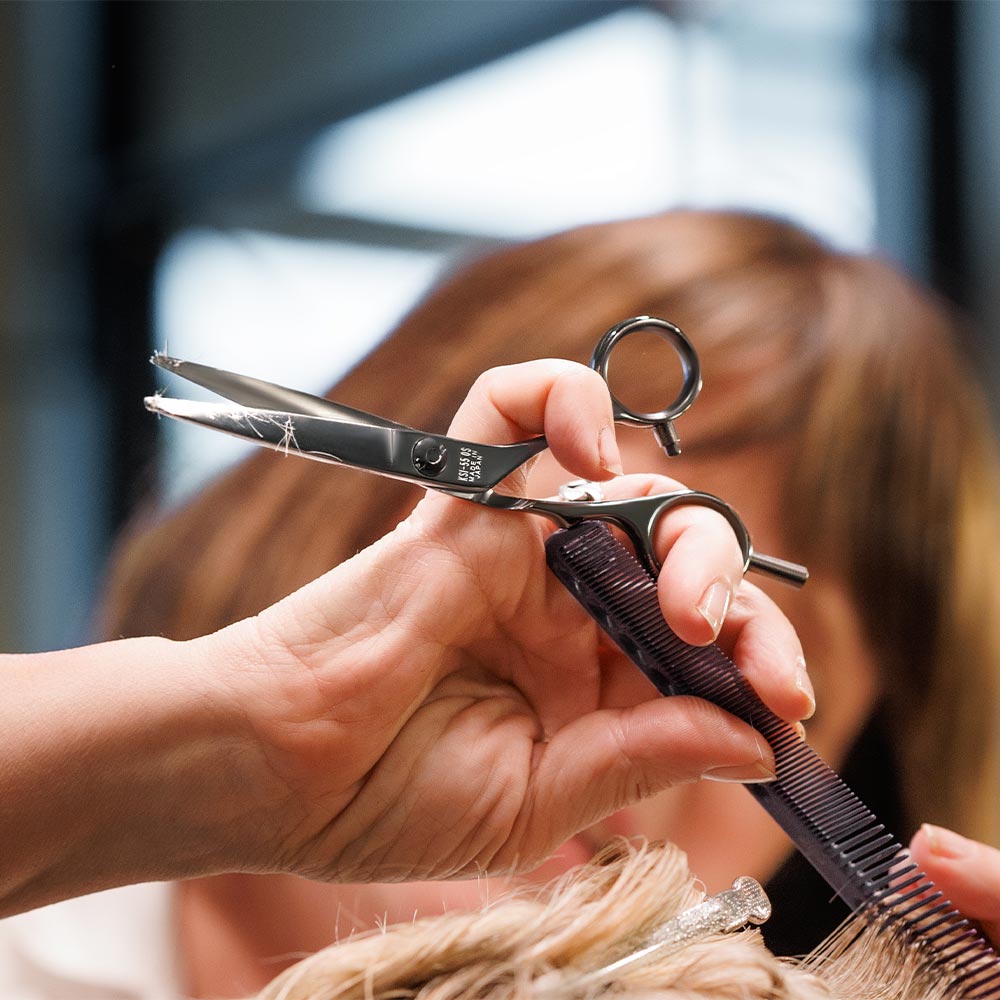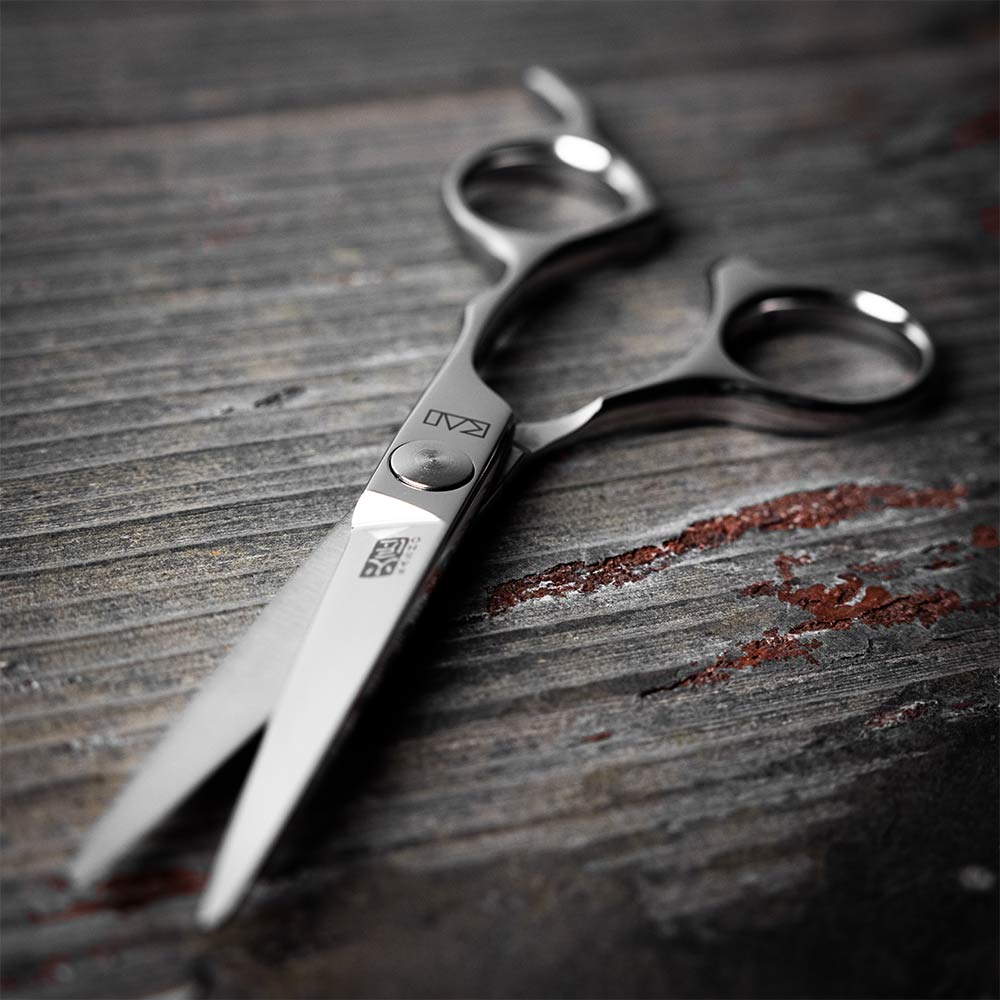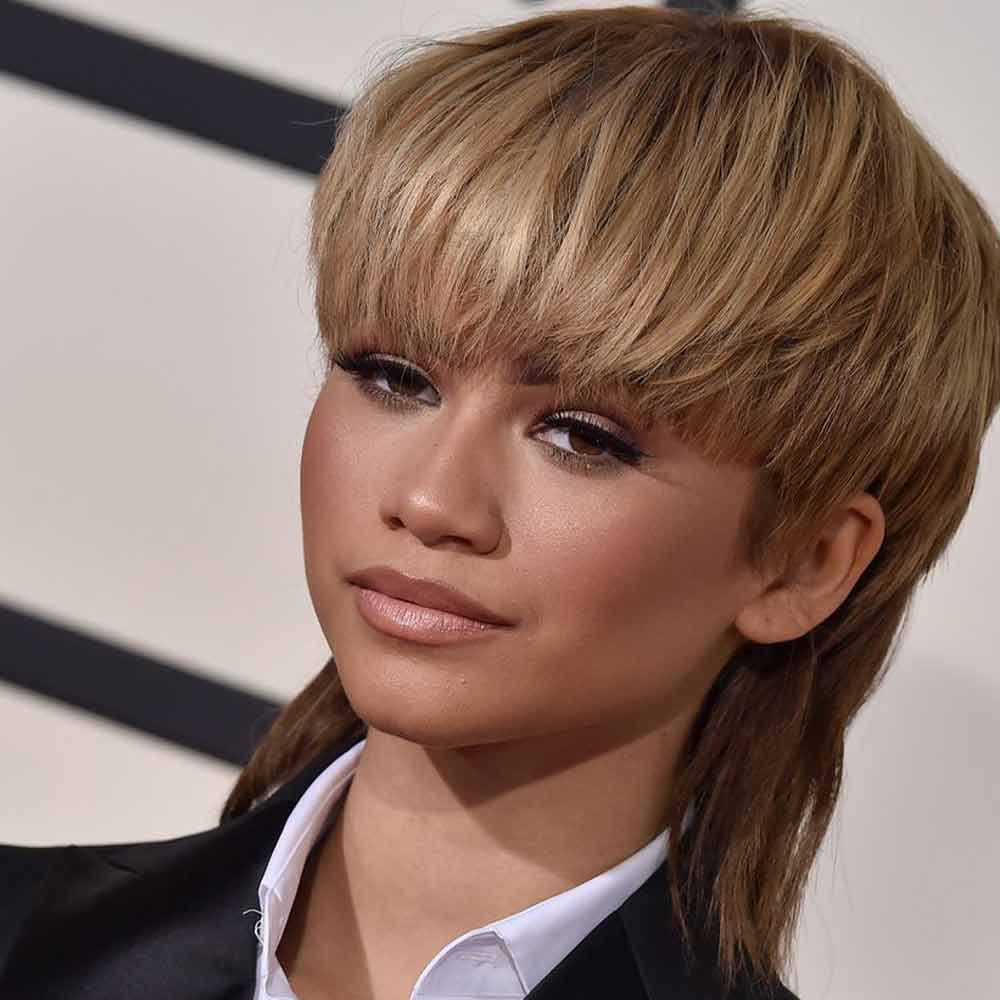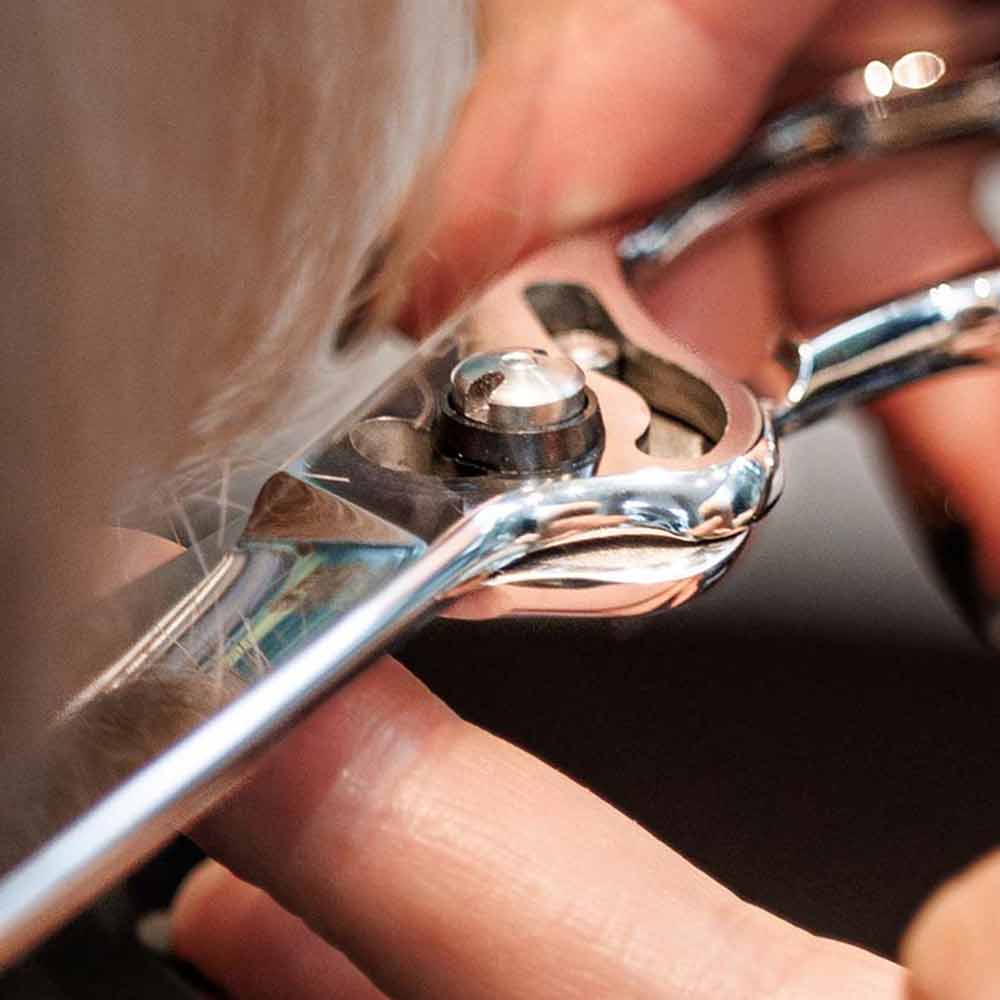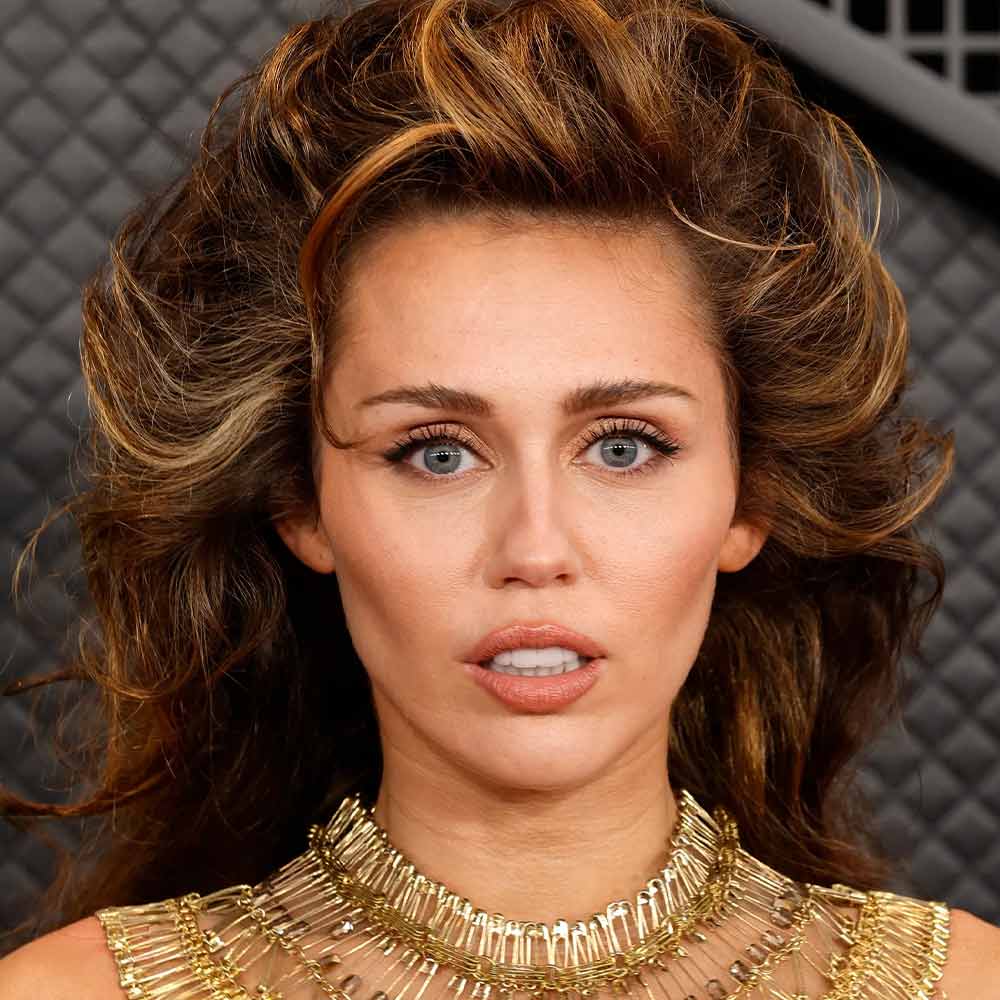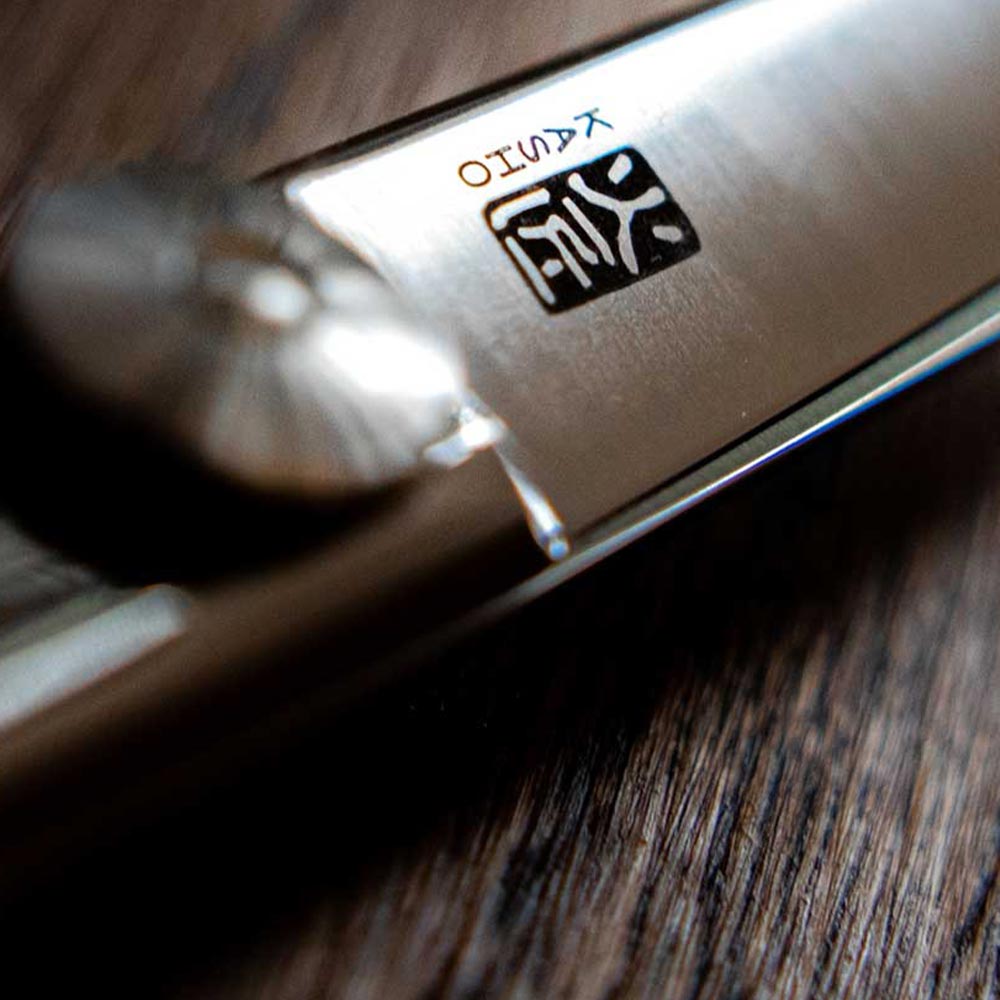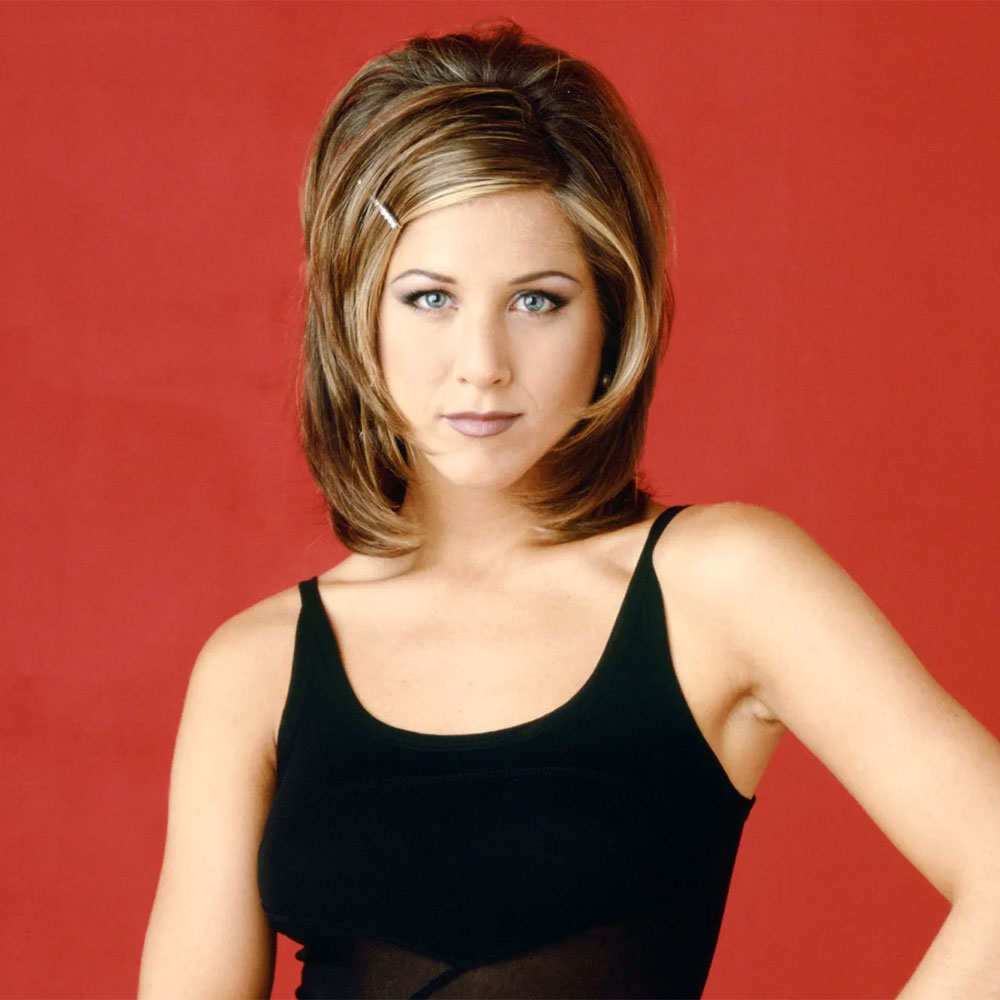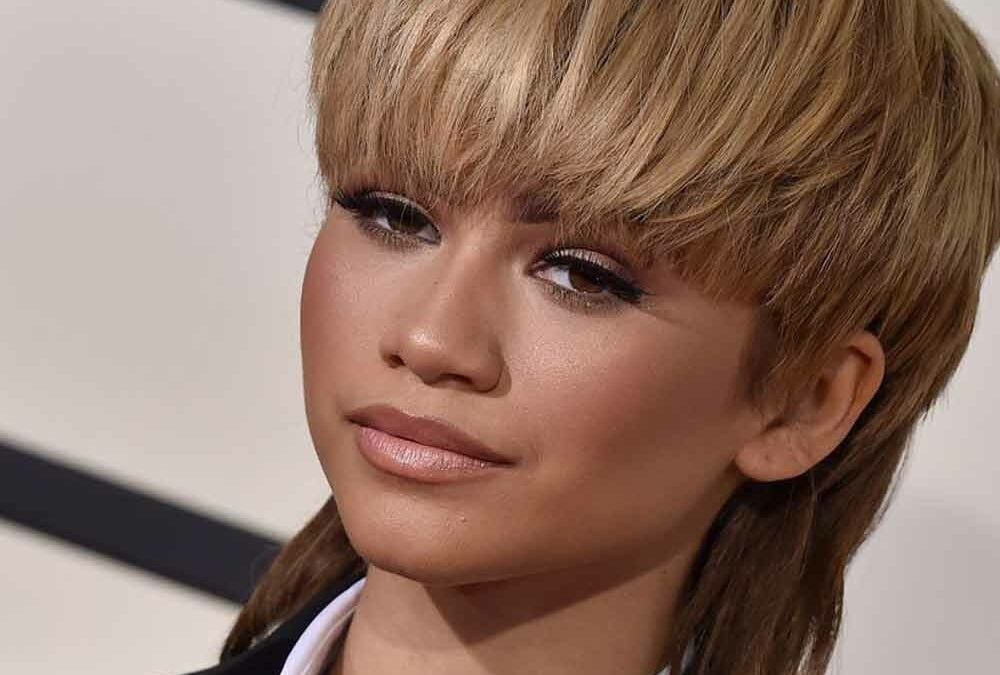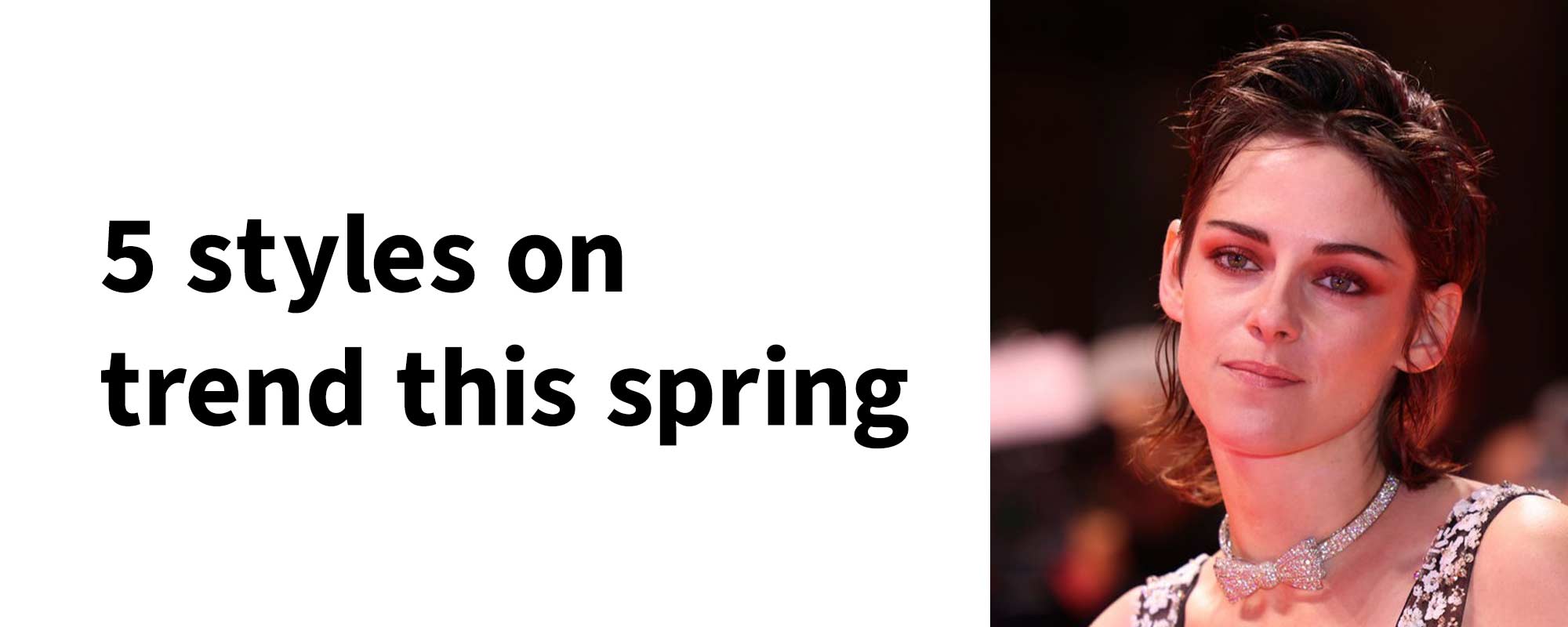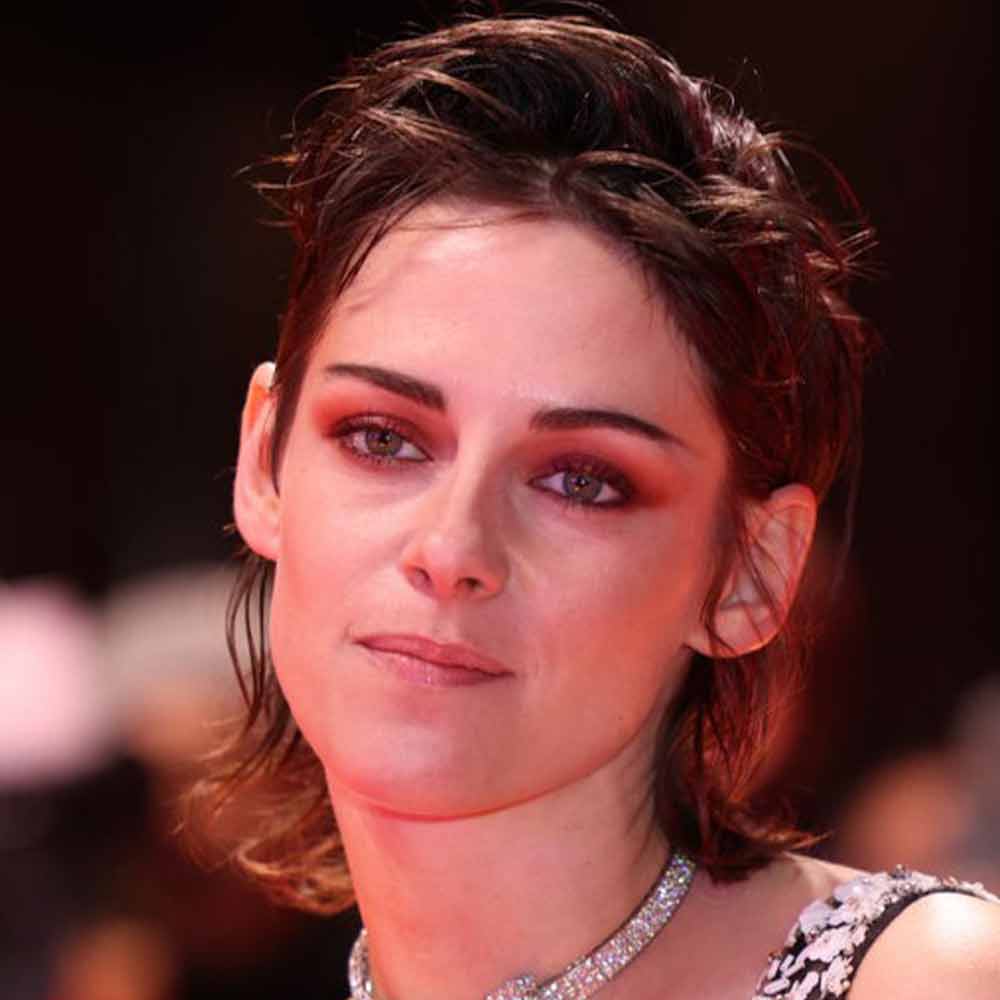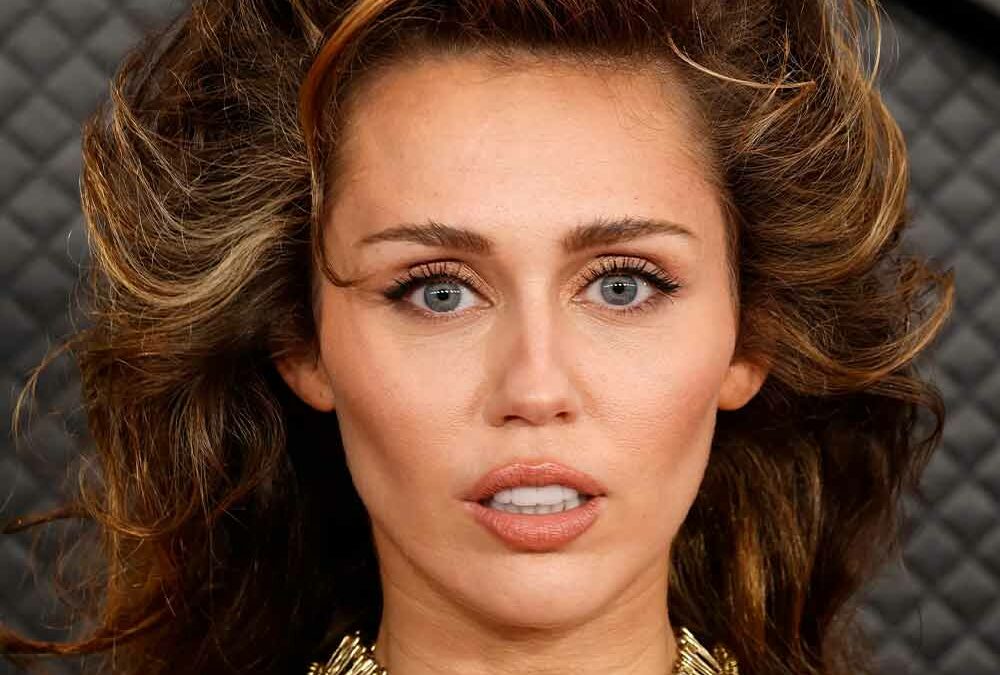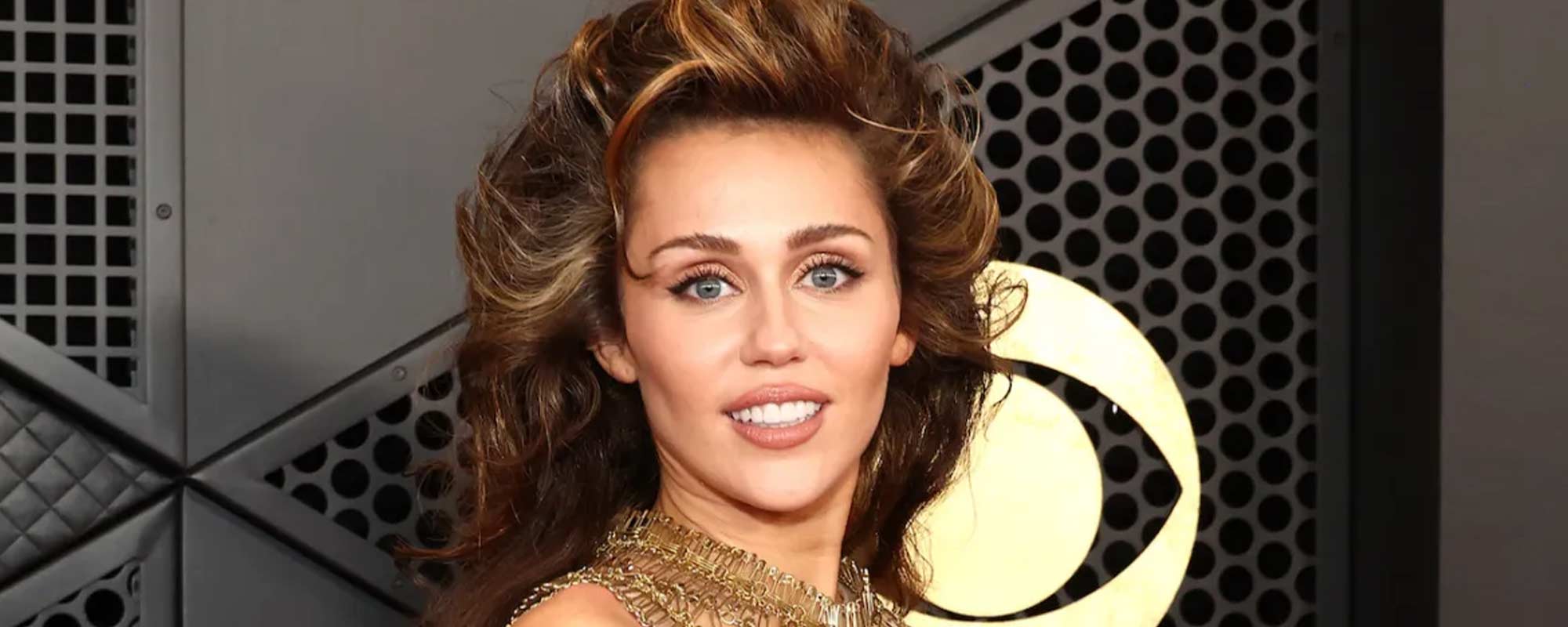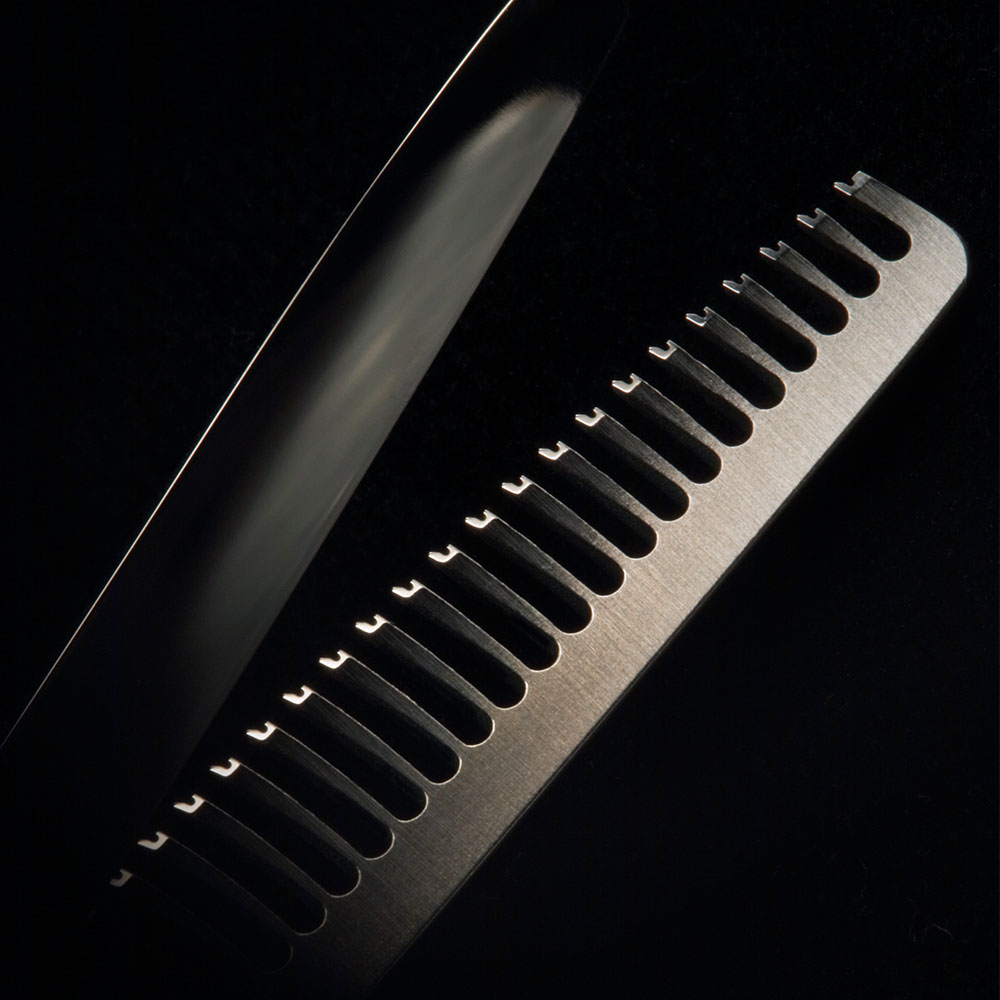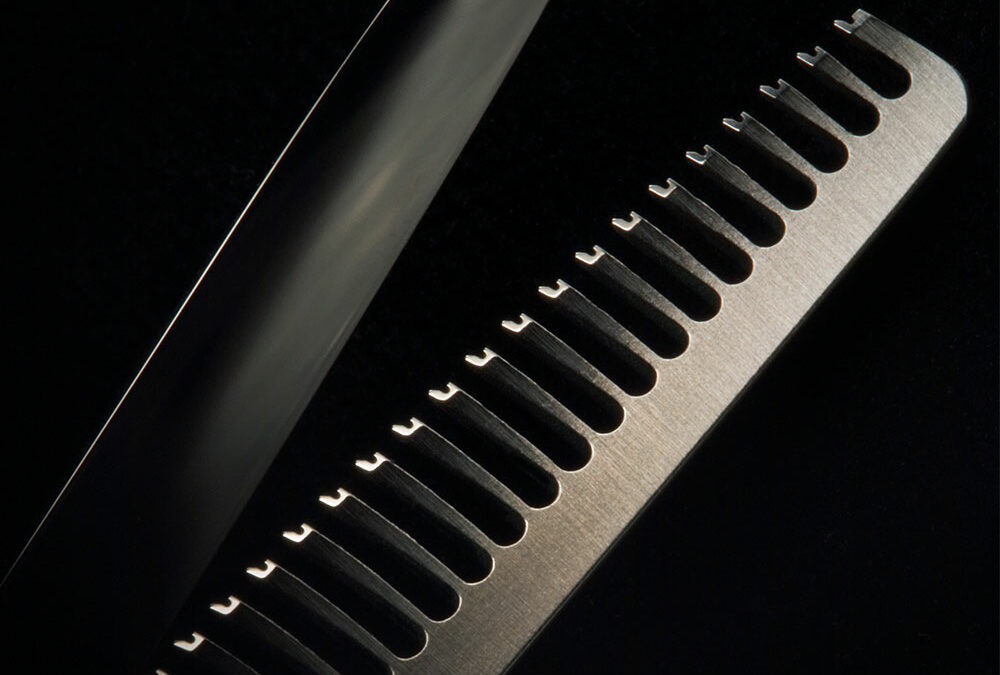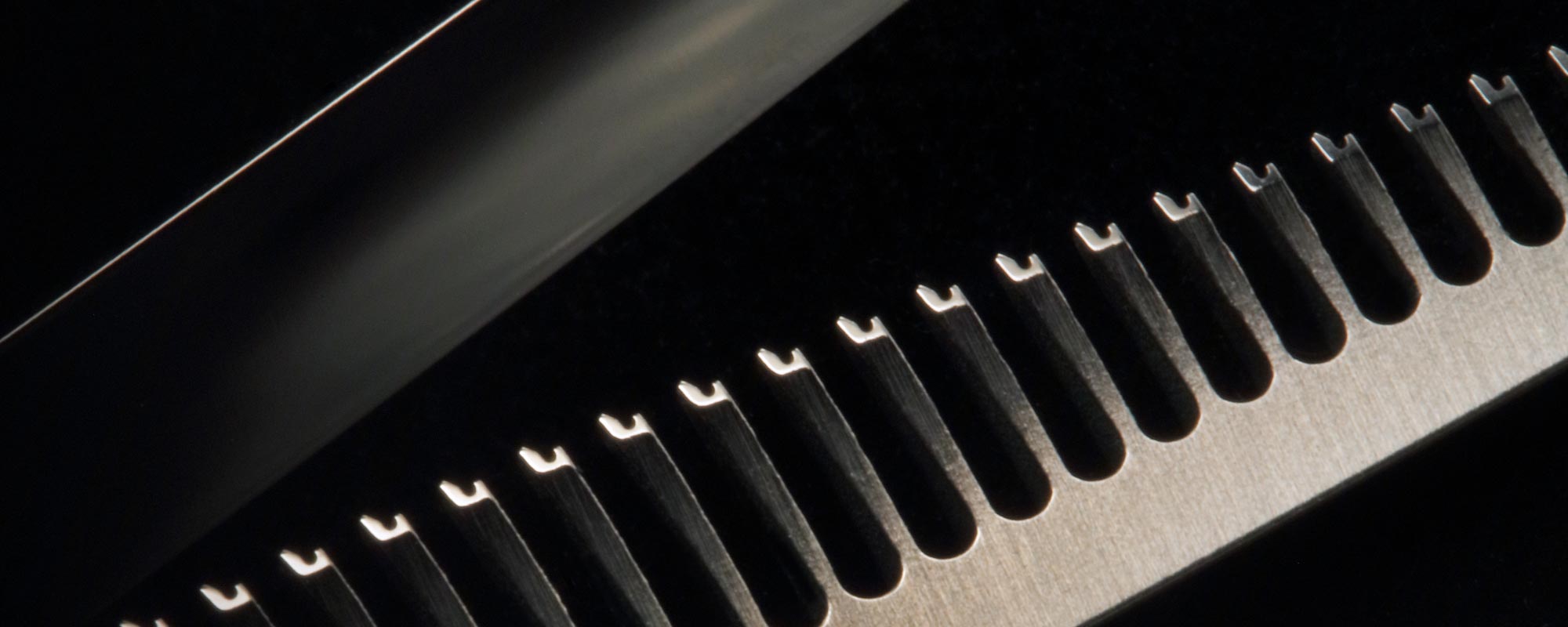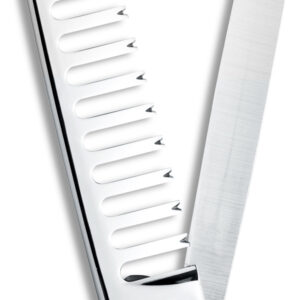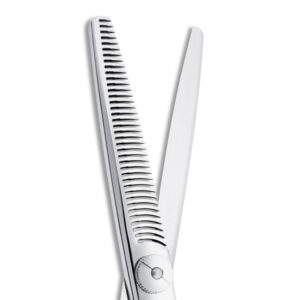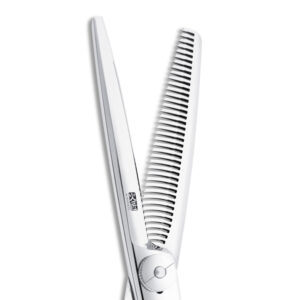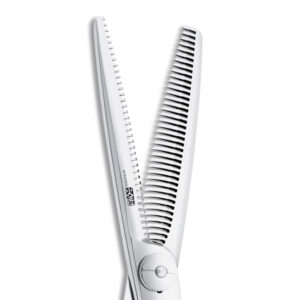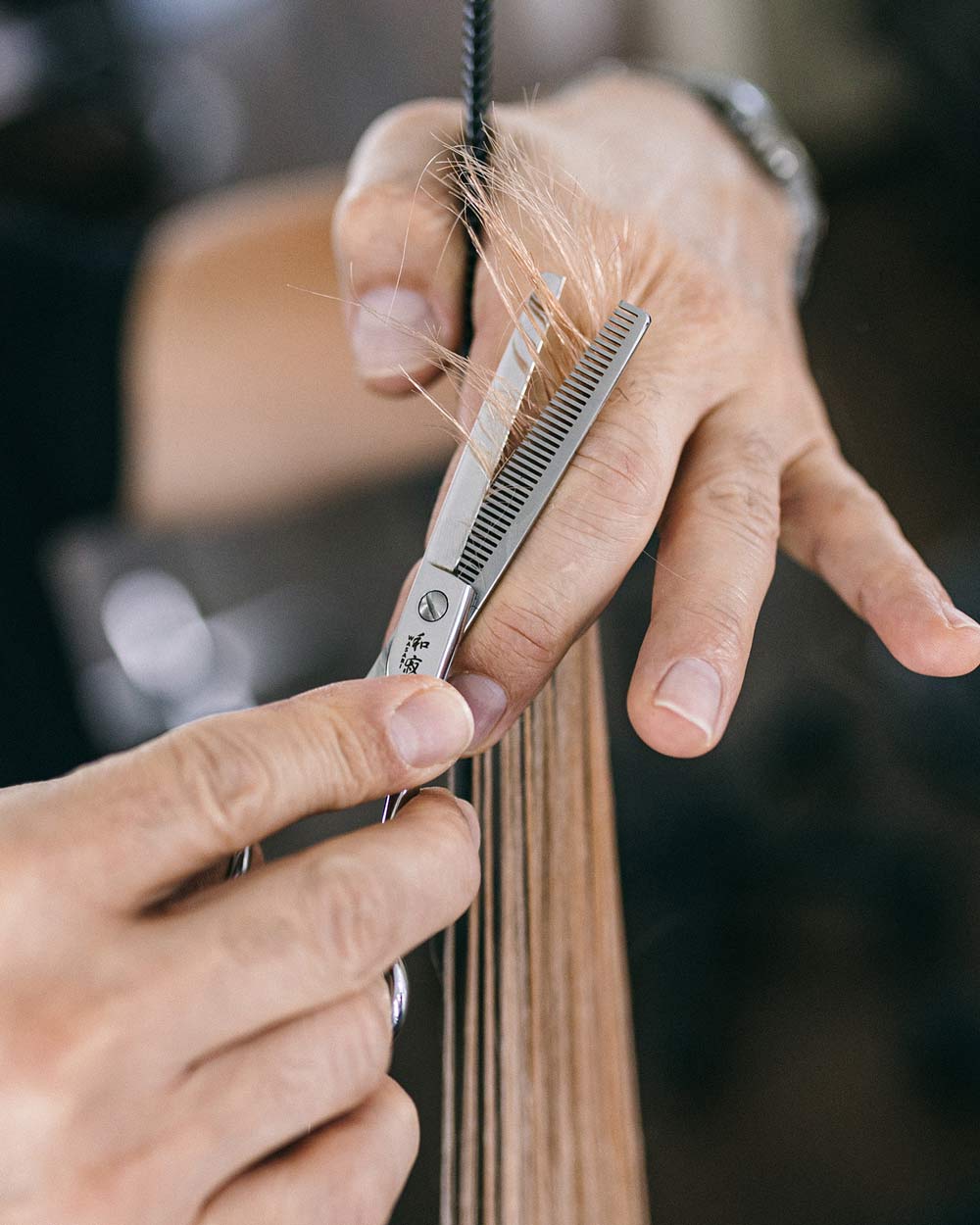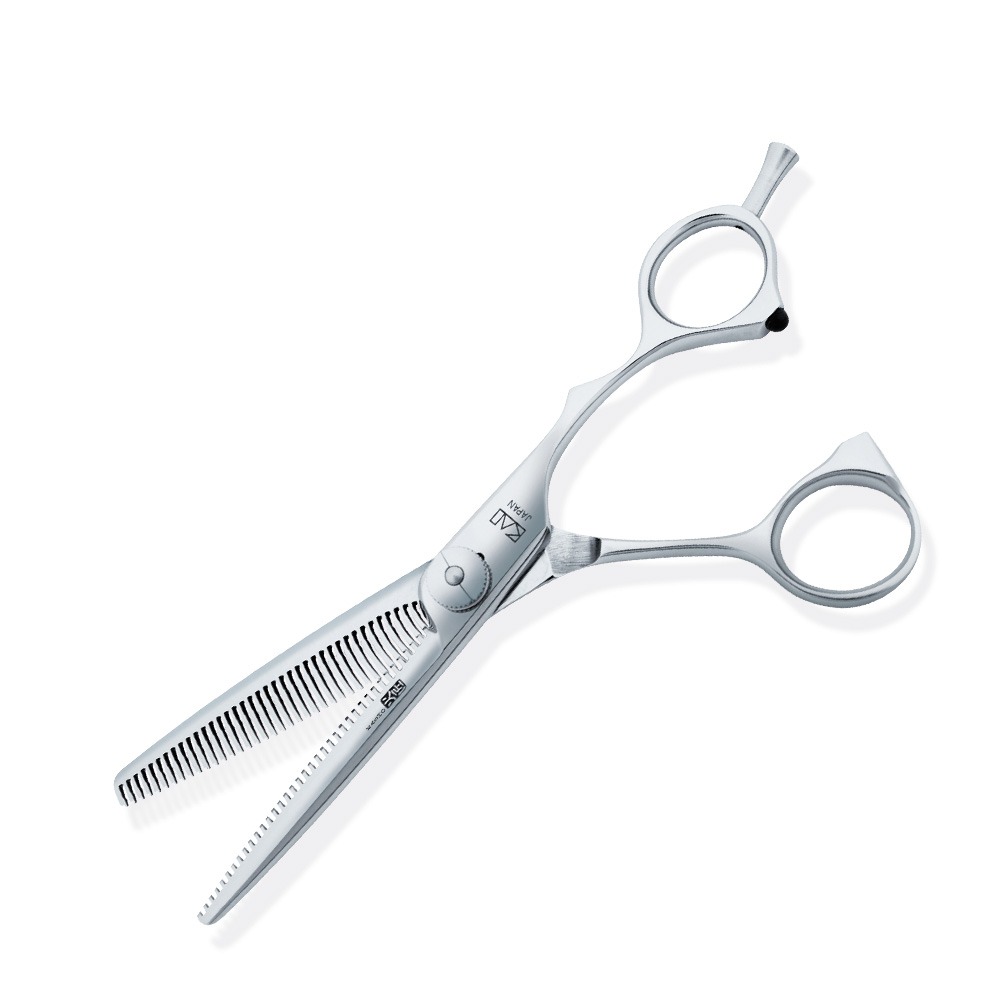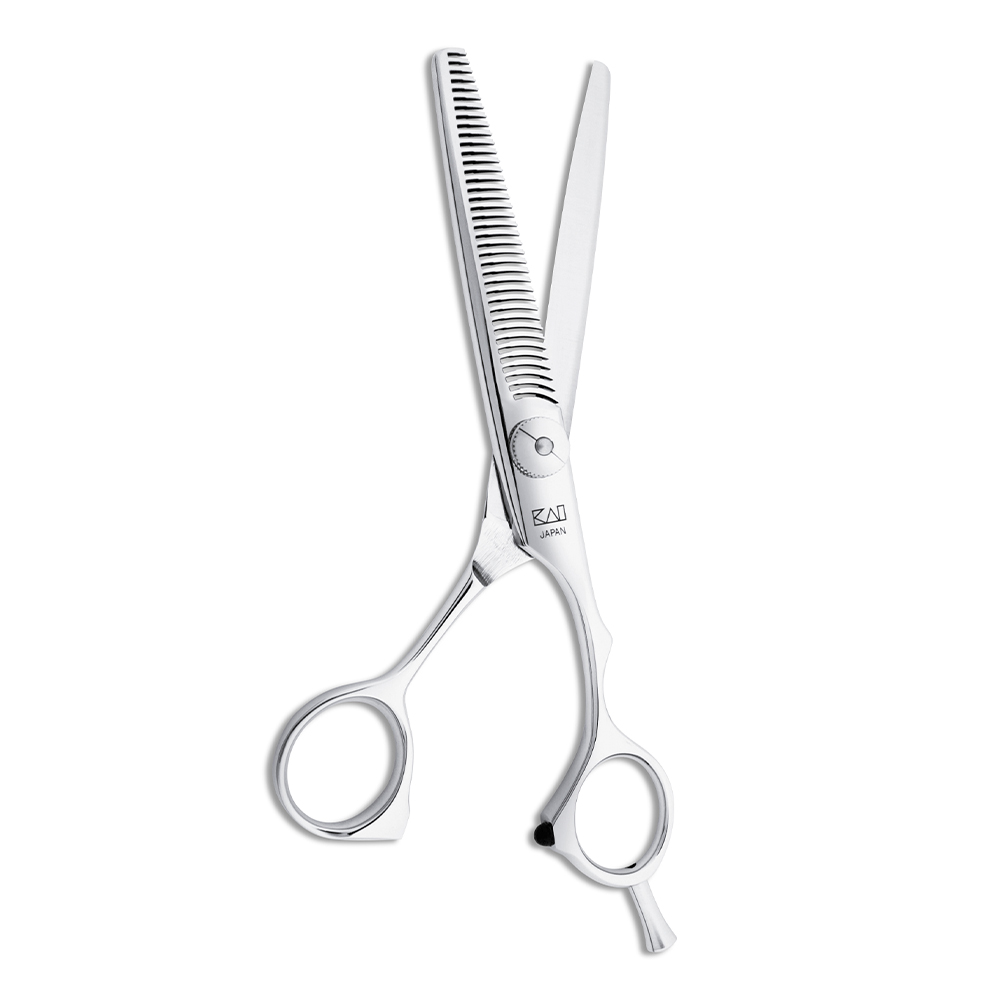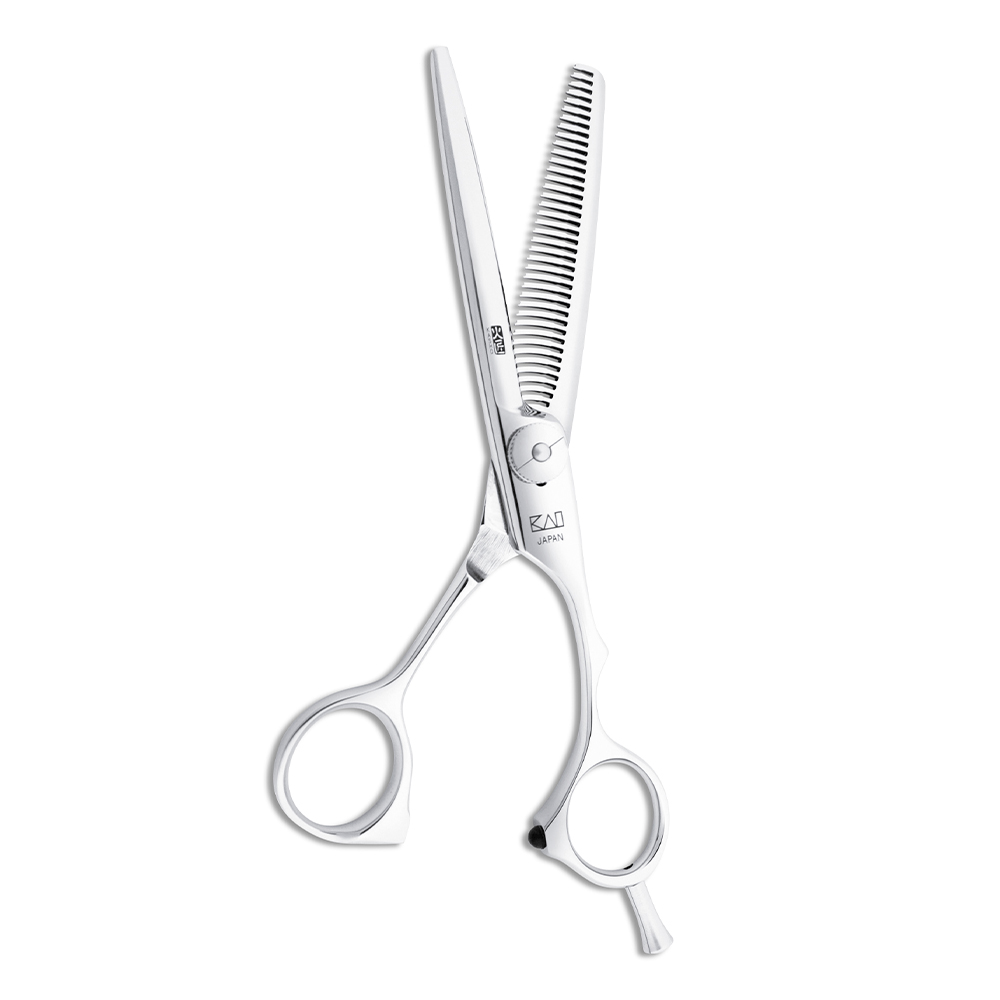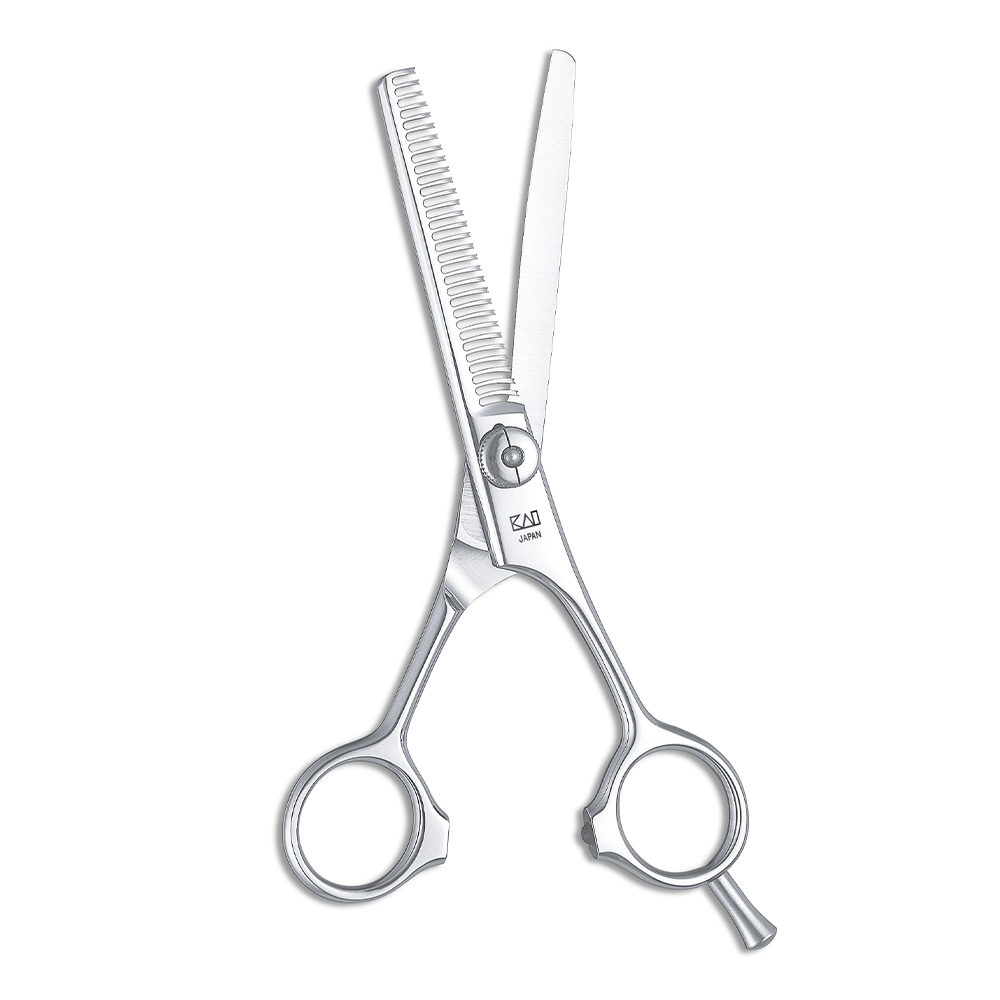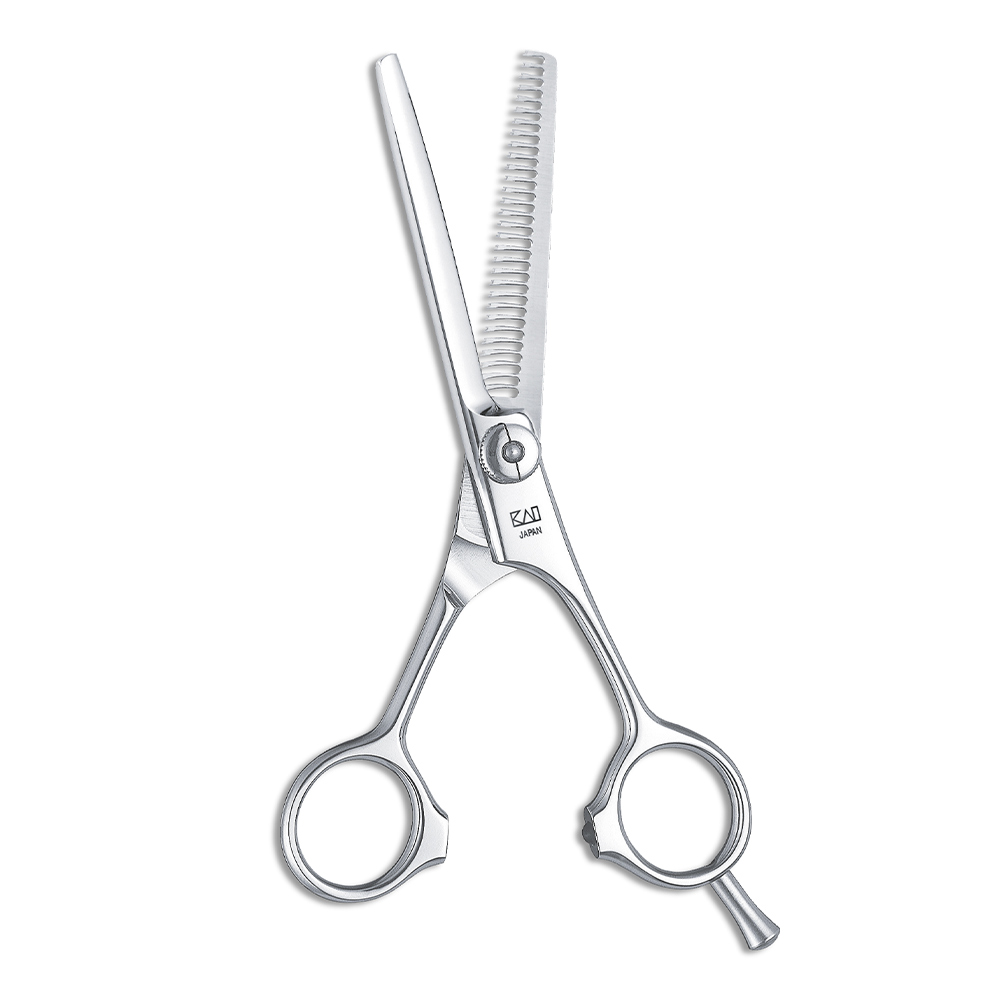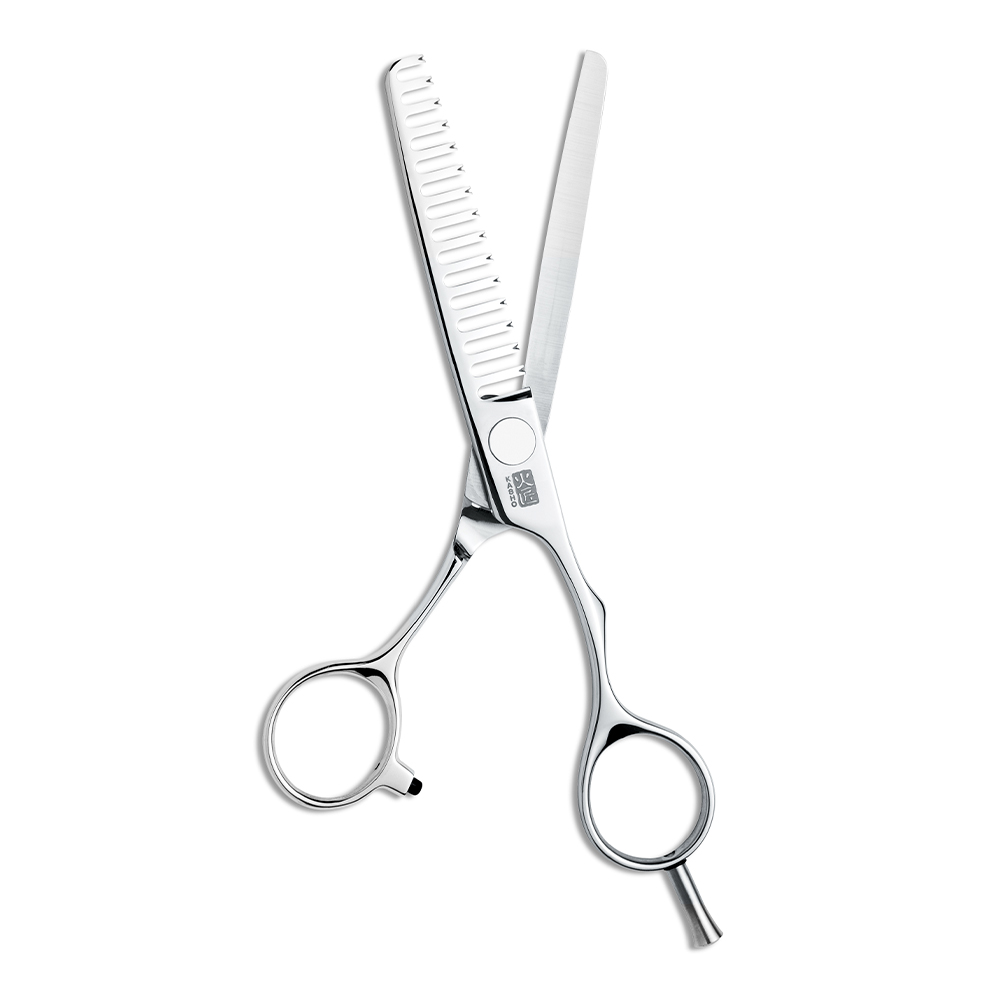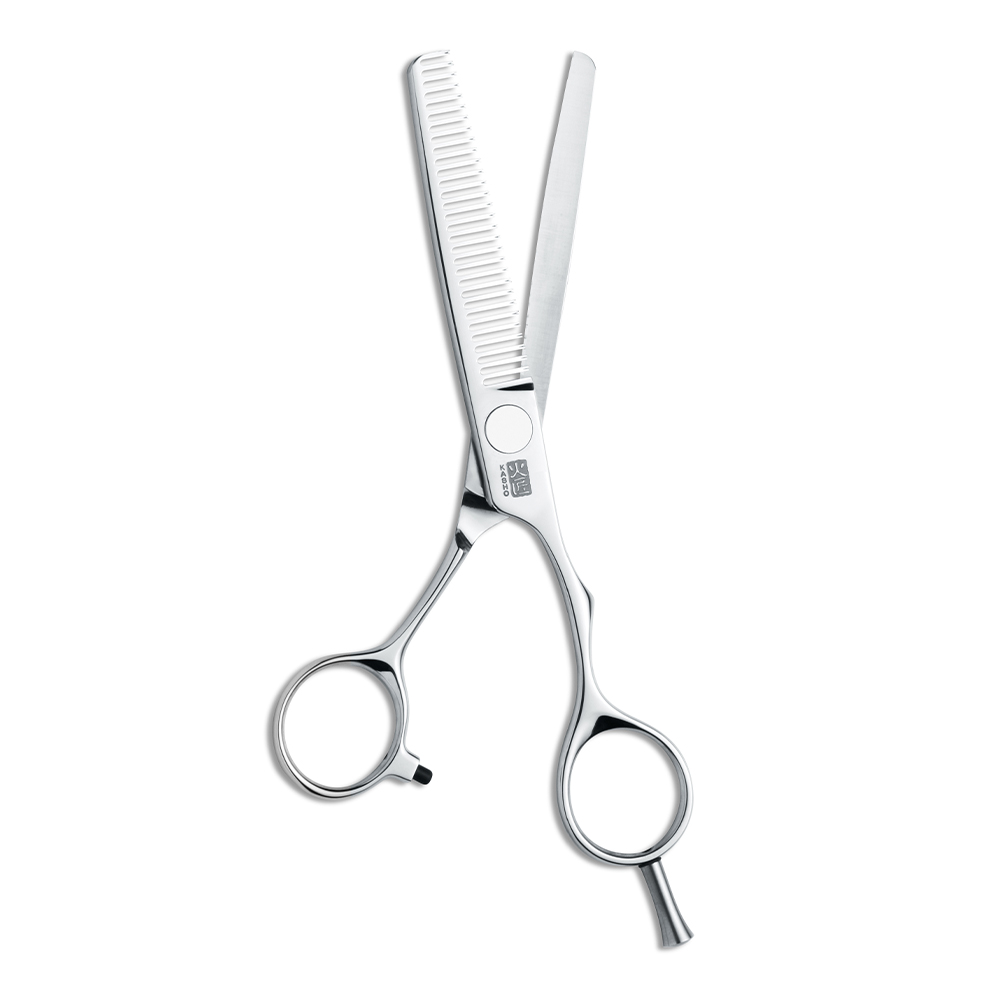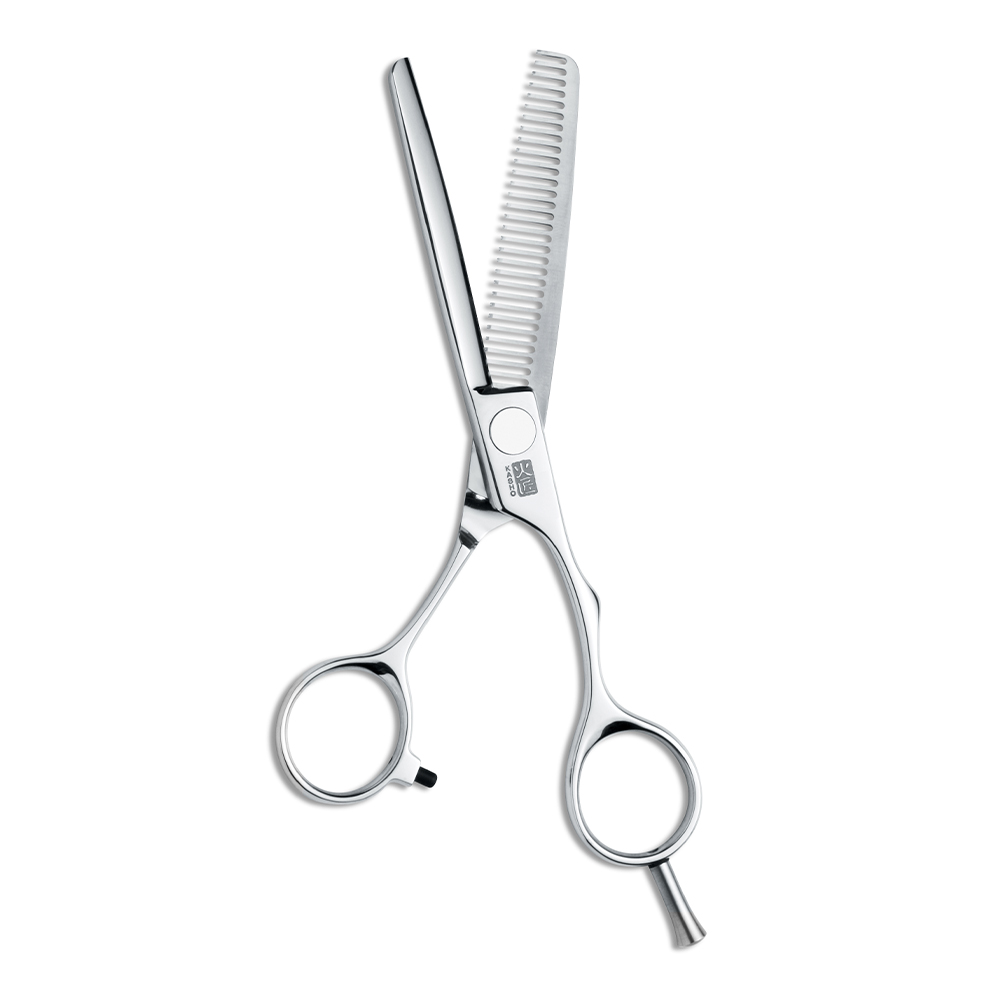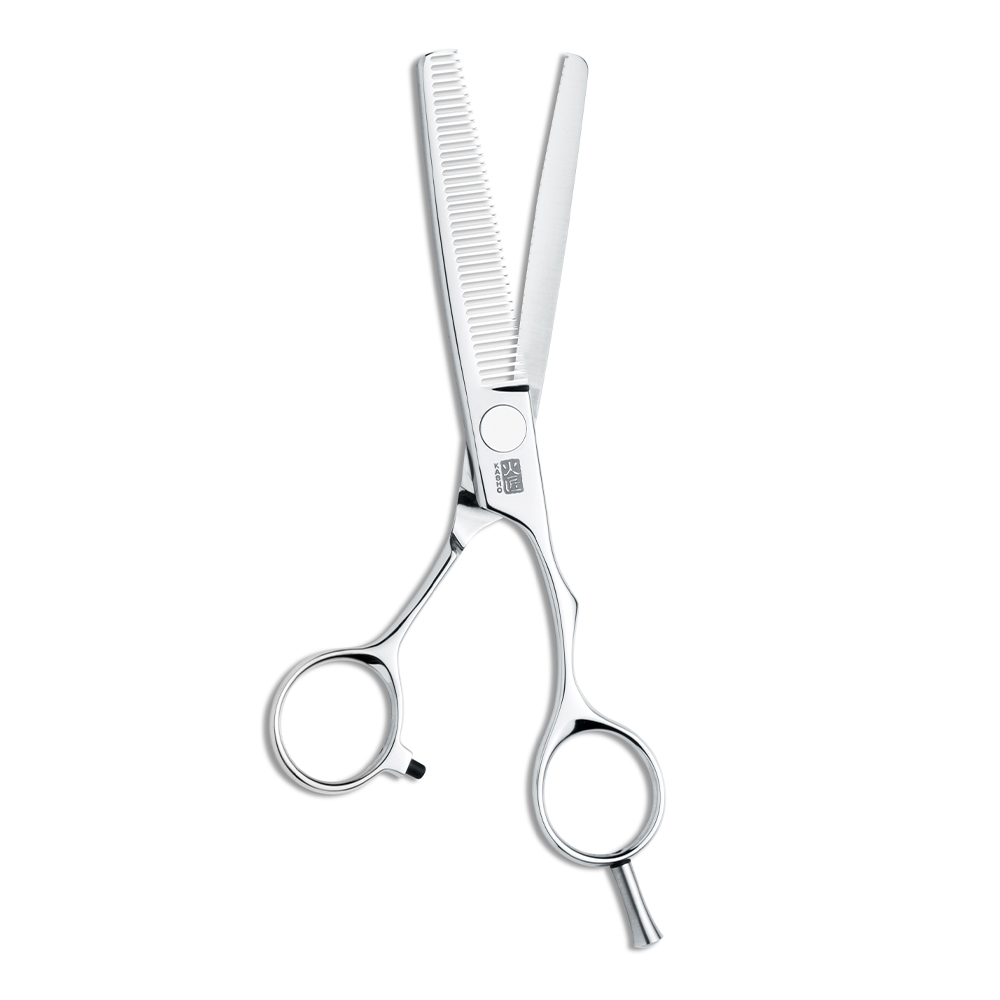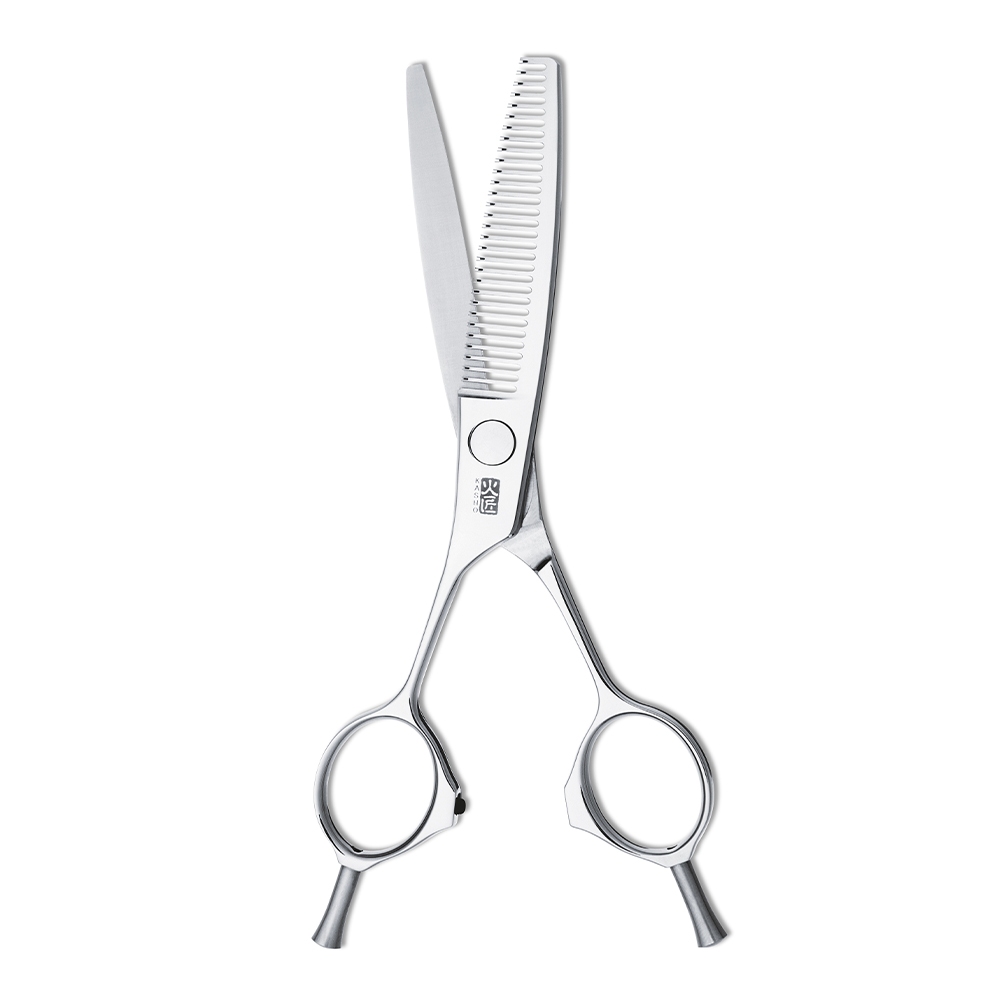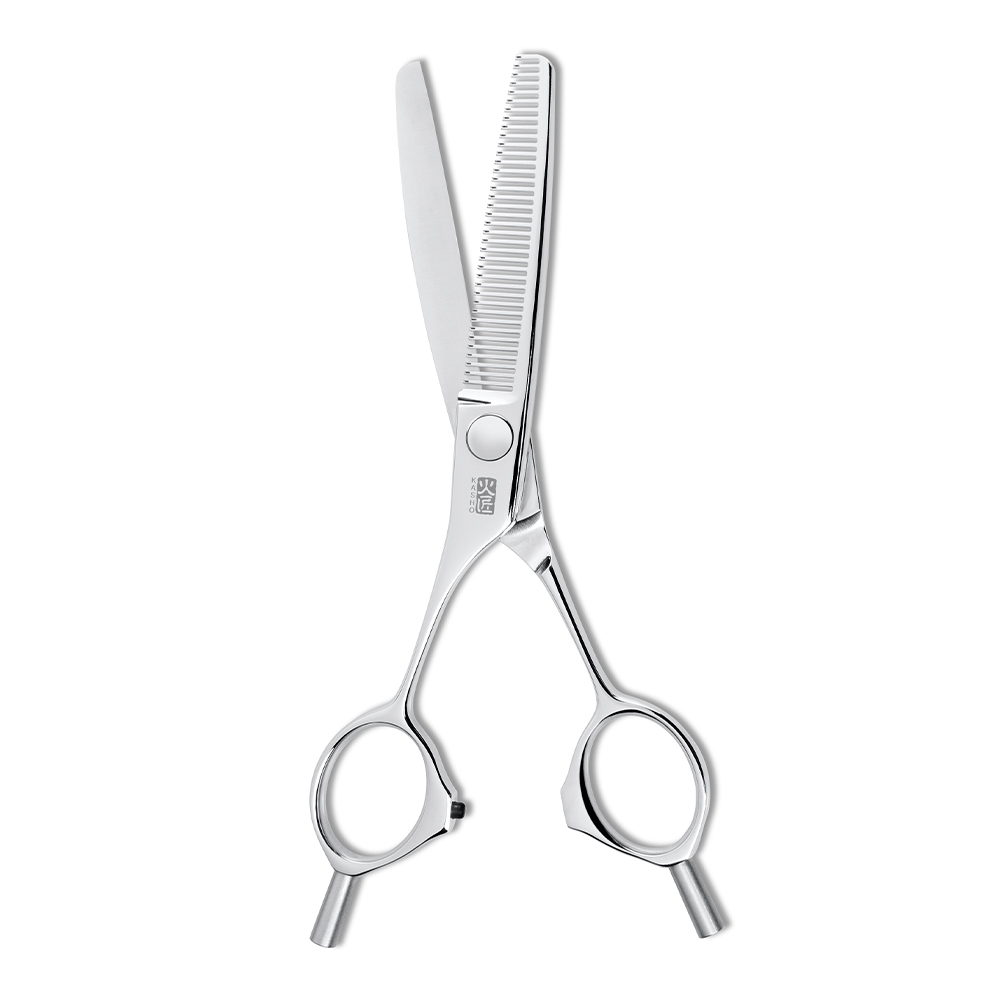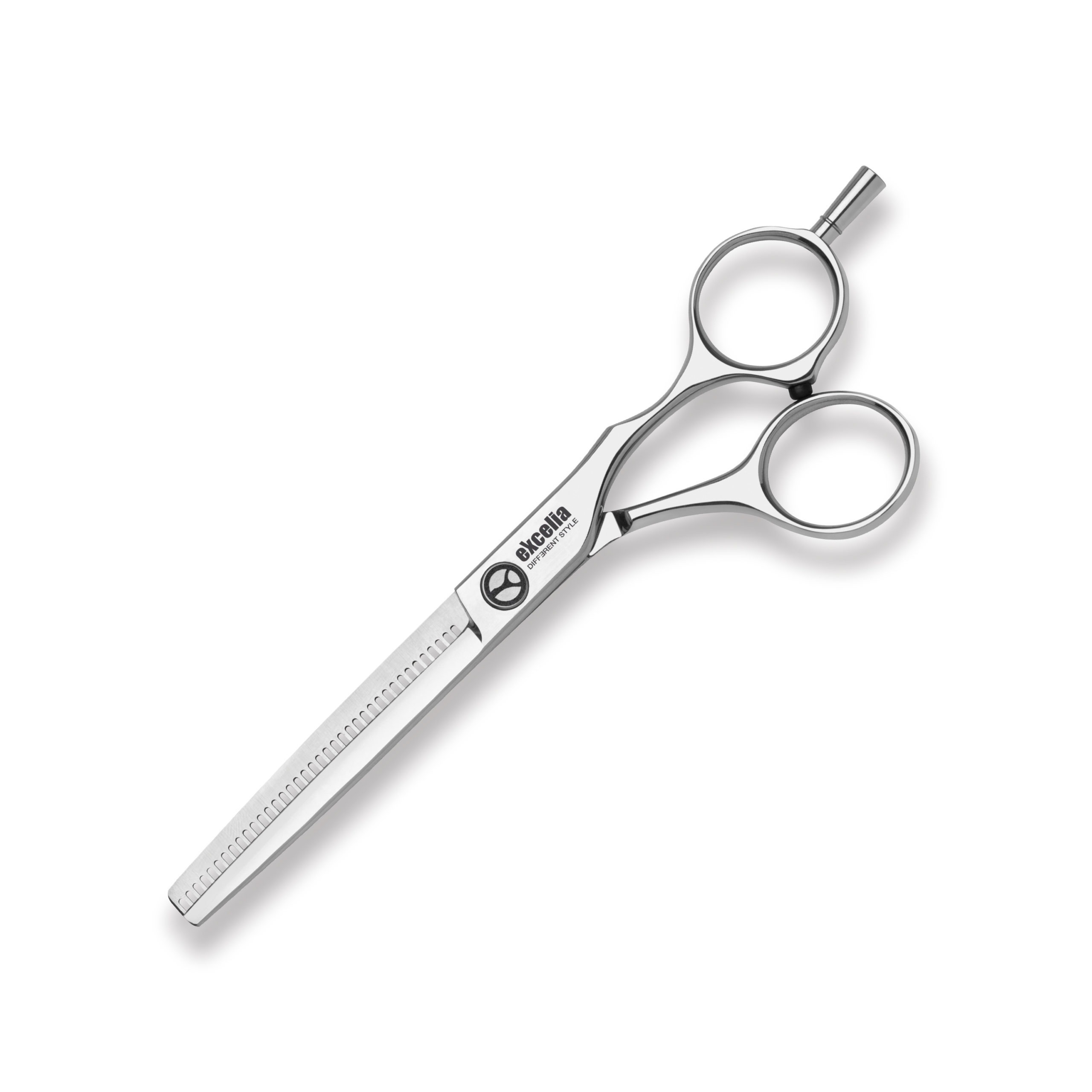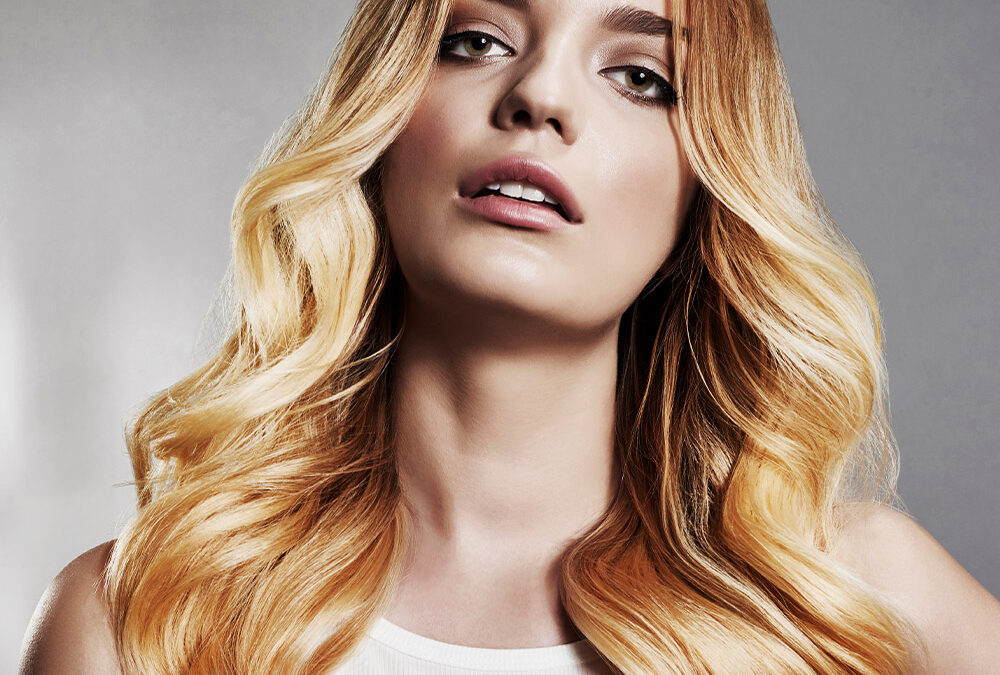
Professional Smoothing – A Brief History
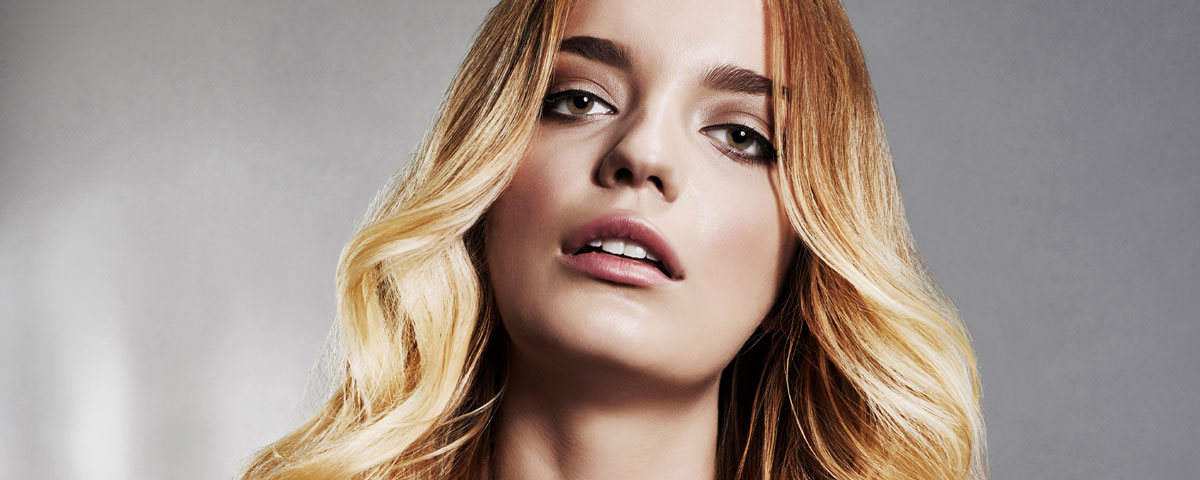
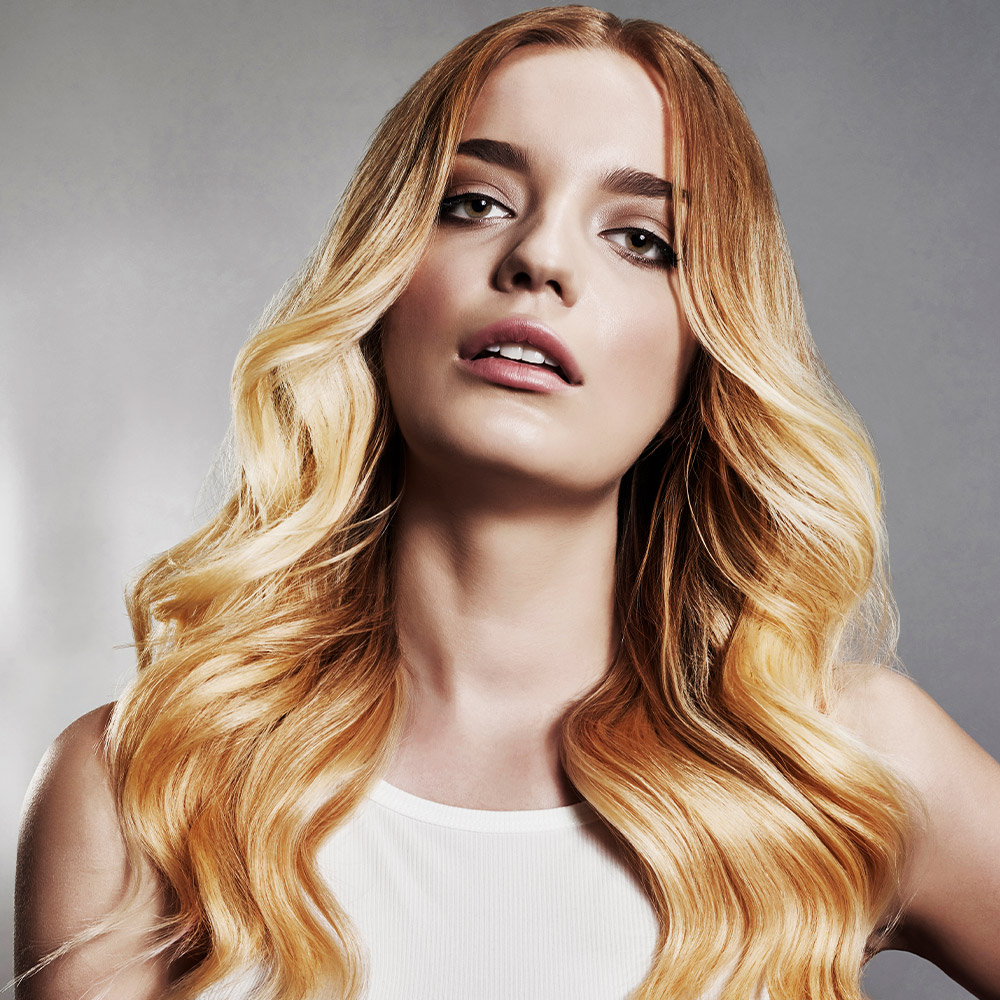
THE EVOLUTION OF PROFESSIONAL SMOOTHING: A BRIEF HISTORY
In the pursuit of healthy, manageable, frizz-free hair, professional smoothing treatments have become a cornerstone of haircare routines globally. This journey towards healthier locks has evolved significantly over the decades, adapting to advancements in technology, changing safety regulations, shifting trends, and evolving beauty standards. Today, we celebrate natural beauty, but this wasn’t always the case.
Early Beginnings: The Birth of Hair Relaxers
The concept of hair smoothing dates back to the early 20th century, marked by the invention of hair relaxers. These treatments, initially utilised by those with Afro-Caribbean hair, involved the application of lye, specifically sodium hydroxide or calcium hydroxide, which when applied broke down the protein bonds within the hair shaft. While effective, these early relaxers were known for their harshness and potential to cause significant damage if improperly administered.
The 1990s: The Rise of Japanese Hair Straightening
In the 1990s, Japanese hair straightening, also known as thermal reconditioning, revolutionised the hair industry. This method combined chemical treatments with flat ironing to permanently alter the structure of the hair. Despite its popularity for producing ultra-straight, shiny hair, the process was time-consuming and came with lots of risk as it could be damaging if not performed by skilled professionals, and even then clients were left with constant regrowth, making it impractical and very expensive.
The 2000s: The Brazilian Blow-dry and Keratin Treatments
The early 2000s saw the introduction of the Brazilian Blow-dry and keratin treatments, which quickly gained worldwide popularity. These treatments claimed to use keratin, a protein naturally found in hair, to smooth and strengthen hair fibres. Brands promised frizz-free, out-of-the-shower straight hair with incredible shine.
However, these treatments came under real scrutiny for the use of illegal levels of formaldehyde, a known carcinogen, leading to health concerns for both clients and stylists alike, followed by global bans and lawsuits.
Out of the ashes: The foundation of Professional Smoothing
A significant milestone in the evolution of professional haircare occurred in 2010 when advances in biotechnology enabled Kebelo to launch the first professional smoothing treatment using carbocysteine, designed to strengthen damaged bonds on a foundational level. This pioneering treatment, now known as Nice and Smooth and operated by The Hair Movement, set a new standard for both safety and versatility, encouraging clients to embrace their natural hair texture, establishing the foundation of professional in-salon smoothing. Subsequently, others followed suit, solidifying the birth of this staple category.
Today, smoothing is a foundational treatment aimed at creating healthy hair, thereby improving manageability, reducing frizz, and improving texture. This contrasts sharply with its predecessors, which were primarily styling products that often caused damage while only giving the appearance of healthy hair. This breakthrough has not only transformed professional salon services but also paved the way for a new category of retail smoothing treatments, emphasising the enduring need for products that promote hair health. As a result, the professional smoothing market has experienced significant growth, driven by the demand for treatments that deliver performance, peace of mind, and versatility.
“The future of professional smoothing treatments appears promising… it is a must have service on any salon menu.”
The Future of Professional Hair Smoothing
Jonathan Shipman, co-founder of The Hair Movement, states, “The future of professional smoothing treatments appears promising, albeit unlikely to match the scale of colour services, it is a must have service on any salon menu.” Smoothing treatments have in-fact become essential offerings in most professional salons. Shipman believes that in the future, professional smoothing will no longer be a niche service; as the application process becomes easier and more affordable, smoothing will remain a growing mainstream salon service. Research indicates that salons offering smoothing treatments not only enhance the hair health of their clients but also, on average, increase client visits by four times a year, fostering greater loyalty and engagement with the salon.
Today, salons are challenged with thinking outside the box to increase the frequency of client visits. With clients desiring healthy hair styled in a relaxed, natural manner, smoothing has become one of the most relevant services available.
CHECK OUT MORE ARTICLES
- All
- BUSINESS TIPS
- CREATIVE INSIGHTS
- HEALTH & WELLBEING
- INDUSTRY NEWS
- PROFILES
- TOOL TIPS
- TUTORIALS



